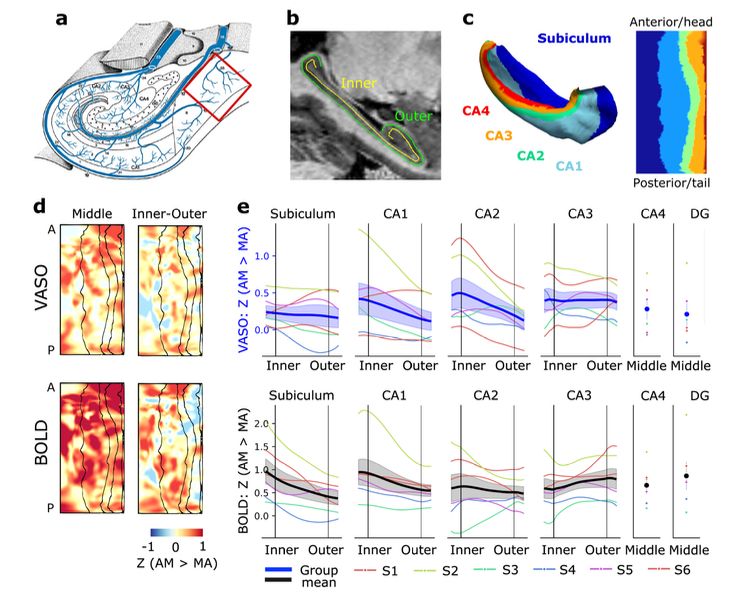https://researchers.mgh.harvard.edu/profile/42655591/Renzo-Huber
Häkkinen et al., investigated how to push layer-fMRI VASO at the next-Gen 7T (Feinbergatron) 7T scanner for layer-specific circuitry mapping. The fast gradients reveal temporal dynamics and connectivity with the cortex.
doi.org/10.1101/2025...

Häkkinen et al., investigated how to push layer-fMRI VASO at the next-Gen 7T (Feinbergatron) 7T scanner for layer-specific circuitry mapping. The fast gradients reveal temporal dynamics and connectivity with the cortex.
doi.org/10.1101/2025...
layerfmri.com/the-best-seq...
Maybe this one fits best here on the topic of bing noisy.

layerfmri.com/the-best-seq...
Maybe this one fits best here on the topic of bing noisy.
Kenshu Koiso (movies + newly faces/places), Insub Kim (orientation), Daniel Haenelt (ODC) compared MVPA across contrasts. Their results agree with you on vein effects in MVPA BOLD.
No 🌌 left, DM 4 🔗.
Kenshu Koiso (movies + newly faces/places), Insub Kim (orientation), Daniel Haenelt (ODC) compared MVPA across contrasts. Their results agree with you on vein effects in MVPA BOLD.
No 🌌 left, DM 4 🔗.
Attention (or what people call it to be) seems to be the least reproducible effect in the field.

Attention (or what people call it to be) seems to be the least reproducible effect in the field.
It depends, if reduced sensitivity is coming from removing fasle-positive vein signals. VASOs sensitivity to micro vessels is not bad and often used for MVPA
Wasn't the replication issue in that study discussed wrt segmentation issues. If at all, VASO's T1 contrast helps with that
It depends, if reduced sensitivity is coming from removing fasle-positive vein signals. VASOs sensitivity to micro vessels is not bad and often used for MVPA
Wasn't the replication issue in that study discussed wrt segmentation issues. If at all, VASO's T1 contrast helps with that



